23 February 2025
Renovating a historic property is more than just sprucing up an old house—it's like peeling back layers of history. Each wooden beam, each faded wallpaper, and each creaky floorboard tells a story. If you've ever dreamed of owning a piece of the past and breathing new life into it, you're not alone. But let’s be real—restoring a historic property isn’t your average weekend DIY project. It’s a labor of love that requires careful planning, a decent budget, and a good dose of patience.
In this guide, we’ll walk you through everything you need to know about restoring historic properties, from understanding the basics to tackling the nitty-gritty details. Whether you're a vintage home enthusiast or a newbie dipping your toes into restoration, this article has got you covered.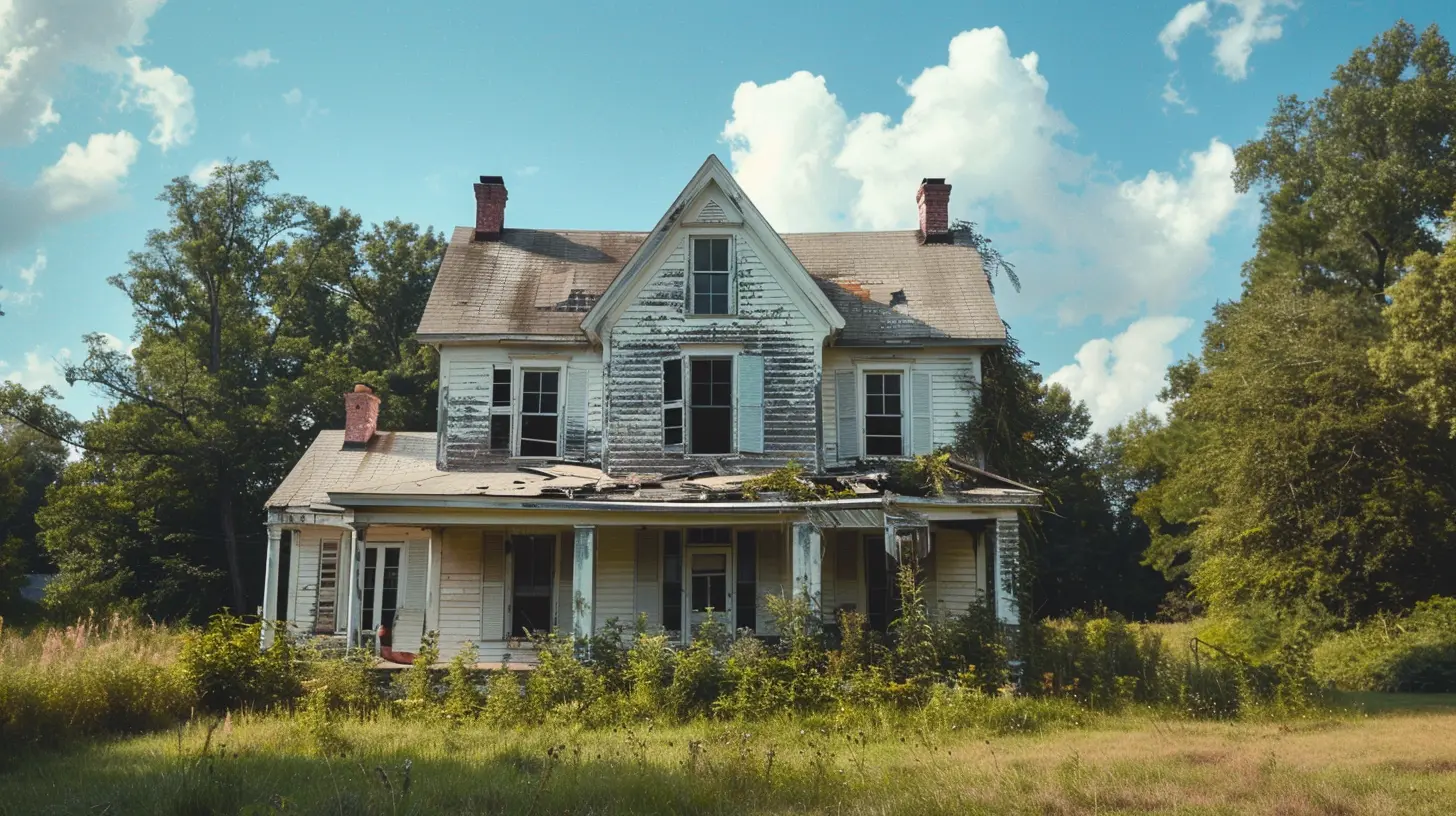
Why Restore a Historic Property?
Before we dive into the how-to, let’s talk about the why. Restoring a historic property isn’t just about aesthetics or charm; it’s about preserving a slice of history. Imagine owning a home that stood the test of time during the Victorian era or a property built shortly after the Industrial Revolution. Pretty cool, right?But it’s not all nostalgia. Restoring historic homes can also:
- Increase property value - A beautifully restored historic home can become a real showstopper, often fetching higher market prices.
- Preserve cultural heritage - You’re doing your part to keep a piece of history alive for future generations.
- Qualify for tax credits or grants - Many local governments and preservation societies offer financial incentives for restoring historic buildings.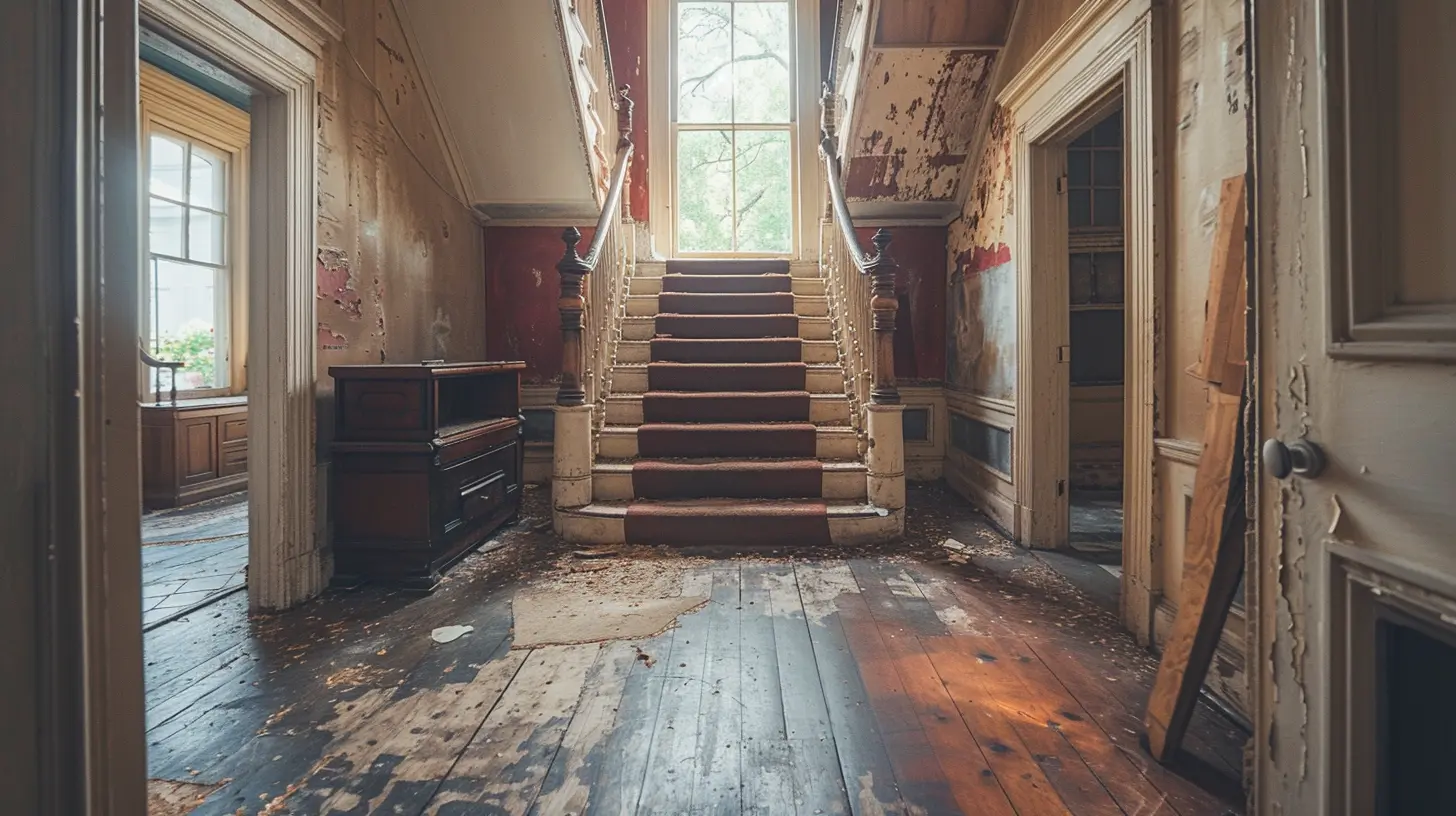
Step 1: Research the Property’s History
Before you swing a single hammer or rip out that dated tile, start by learning the story of your property. Who built it? When and why was it built? What architectural style does it follow?- Visit Local Archives: Check out old property records, census data, or newspaper clippings.
- Talk to the Neighbors: They might have stories or photos of the home from its earlier days.
- Hire a Historian: If you want to dig deep, a professional historian or architectural consultant can provide valuable insights.
This knowledge isn’t just fascinating—it’s crucial for helping you restore the home authentically. For example, you wouldn’t install sleek, modern fixtures in a Federal-style home, right? That’s like putting pineapple on pizza—it just doesn’t fit.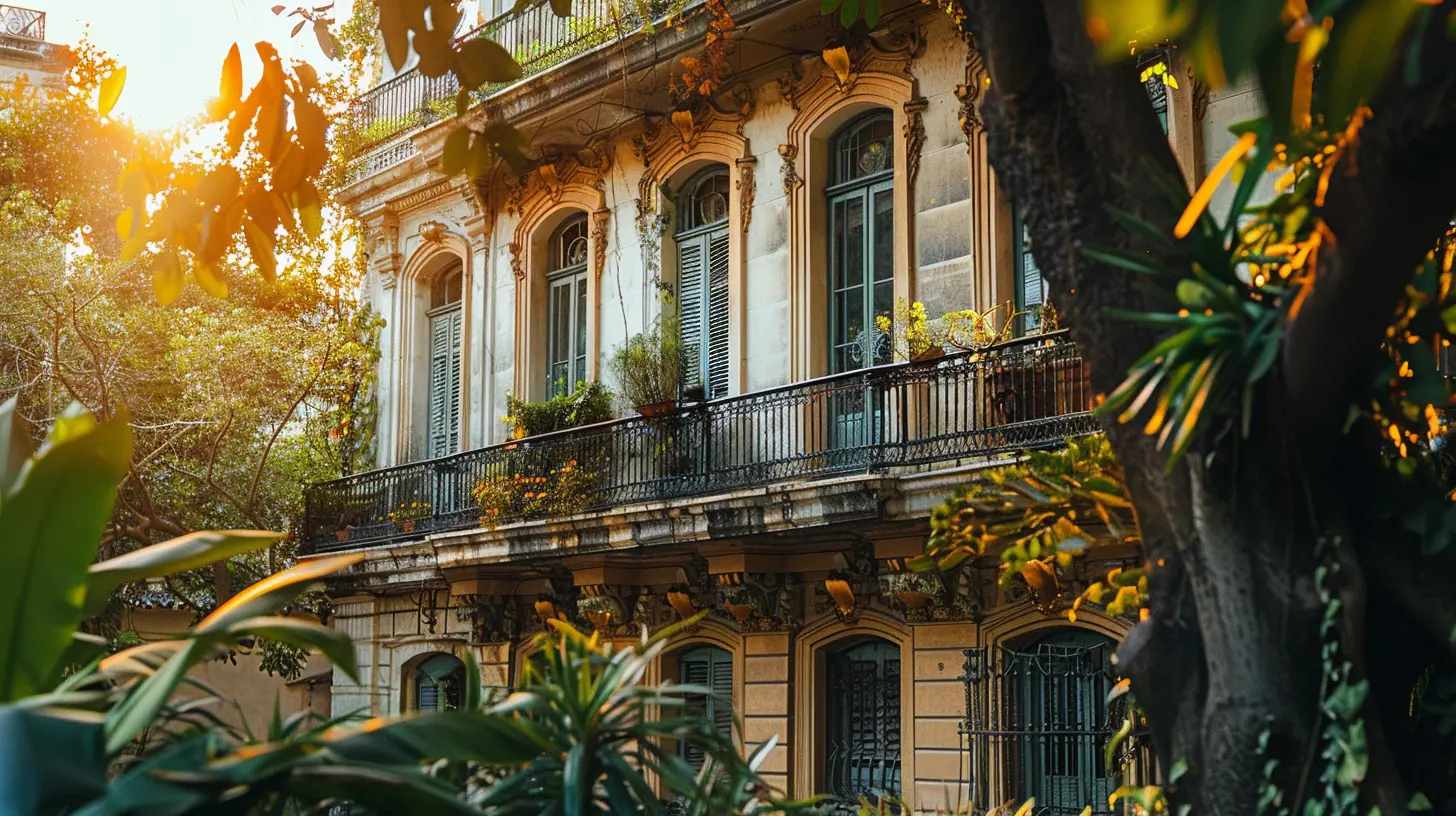
Step 2: Understand Local Preservation Laws
Historic properties often come with strings attached. Local or national preservation laws might dictate what you can and can’t do to the property. For instance, you might need special permits to make changes, or you may be required to use specific materials.- Consult Your Local Historic Commission: They oversee things like restoration guidelines and permit processes.
- Check if the Property is on a Historic Register: If it’s designated as a landmark, expect stricter rules.
- Ask About Tax Incentives: Some areas offer financial perks for homeowners who follow proper preservation protocols.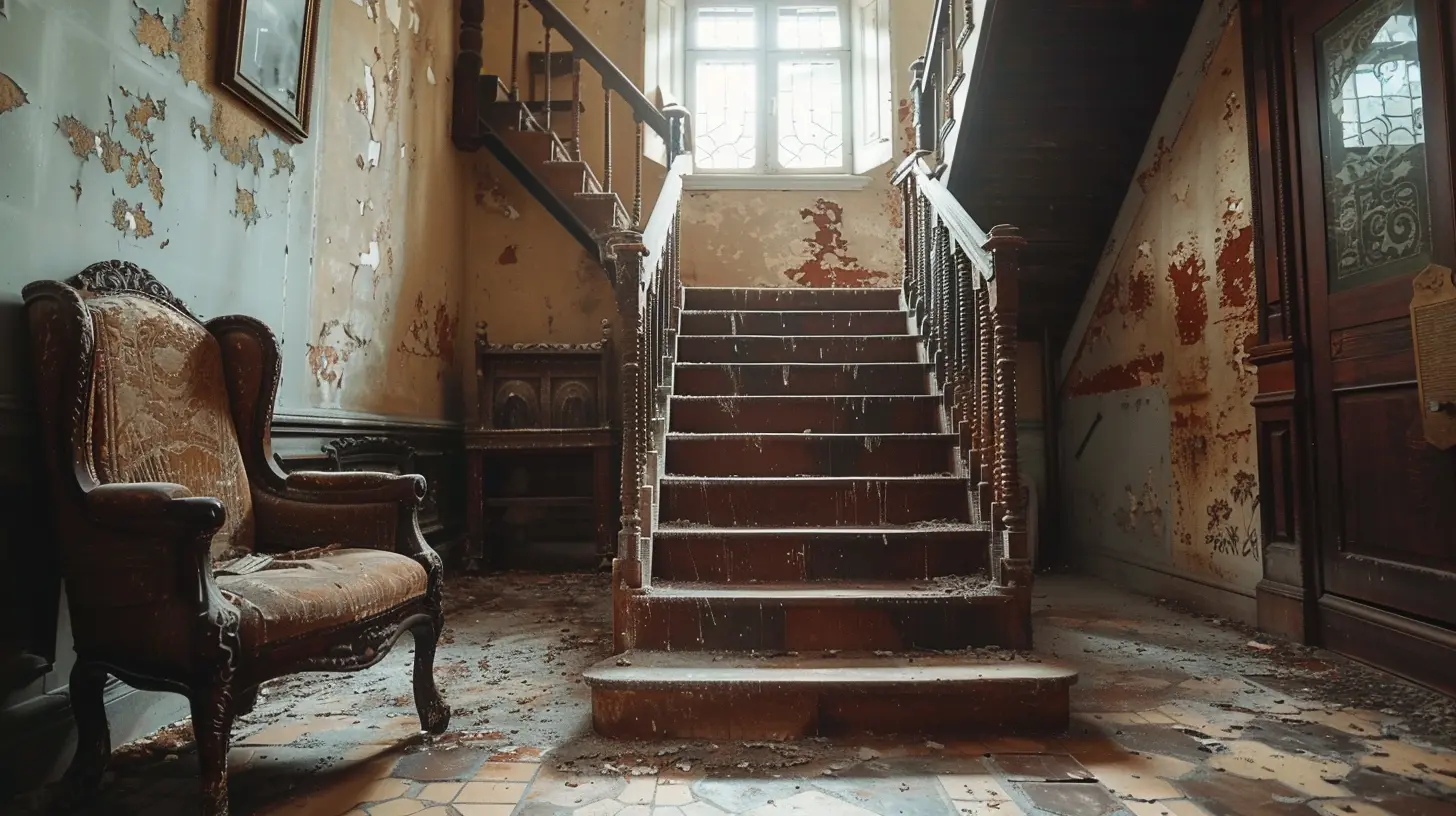
Step 3: Assess the Condition of the Home
Not all historic properties are created equal. Some need a little TLC, while others are basically begging for a miracle. Start with a home inspection to assess the building’s structural integrity. Focus on:- Foundation: Look for cracks or sinking—these can be expensive to fix.
- Roofing: Is it intact, or are leaks causing water damage?
- Electrical and Plumbing: Old homes often have outdated wiring and pipes that need upgrading to modern safety standards.
- Hazardous Materials: Many historic homes were built before asbestos and lead paint regulations. Removing these materials safely requires professional help.
A thorough inspection helps you prioritize the work and budget accordingly. Trust me, the last thing you want is to blow all your cash on fancy vintage light fixtures only to find out the foundation is crumbling.
Step 4: Create a Realistic Restoration Plan
A solid plan is your best friend when restoring a historic property. Without one, you’re like a ship adrift at sea—no direction, no destination, just chaos.Here’s how to stay on track:
1. Set a Budget: Include costs for materials, labor, permits, and contingencies (because surprises will happen).
2. Create a Timeline: Break the project into phases to avoid feeling overwhelmed.
3. Prioritize Structural Repairs: Safety first! Make sure the home is structurally sound before moving on to cosmetic updates.
4. Consult Experts: Architects, contractors, and preservation specialists can help you navigate complex restoration challenges.
Step 5: Restore, Don’t Renovate
There’s a big difference between restoring and renovating. Renovating often involves modernizing a space, while restoring focuses on preserving its original charm and character. Think of yourself as a caretaker, not a decorator.- Keep Original Features: Doors, windows, and moldings are often what make a historic home special. Restore them instead of replacing them.
- Use Period-Appropriate Materials: If you’re updating a Victorian home, choose materials and finishes that would have been used during that era.
- Be Gentle with Modern Updates: Upgrading for comfort is fine (hello, central air conditioning!), but try to make it as unobtrusive as possible.
A great rule of thumb? If an element is still functional—even if it’s a little worn—repair it rather than replacing it.
Step 6: Balance Modern Comforts with Historic Charm
While honoring the past is important, let’s not forget that you actually have to live in the space. A 19th-century kitchen might look great in photos, but cooking on an antique wood-burning stove? Not so much.The key is balance:
- Upgrade Wiring and Plumbing: No one wants to blow a fuse every time they turn on the microwave.
- Add Modern Amenities Tastefully: Opt for appliances that blend seamlessly with the home’s aesthetic.
- Insulate Smartly: Many older homes lack proper insulation, so make sure you’re comfortable year-round.
Step 7: Decorate with a Nod to the Past
Once the heavy lifting is done, it’s time for the fun part—decorating! Choose furniture, artwork, and décor that complement the home’s era.- Thrift for Vintage Pieces: Flea markets and antique shops are goldmines for authentic, one-of-a-kind items.
- Mix and Match Styles: A few modern touches can add personality without overshadowing the historical vibe.
- Highlight Original Features: Let architectural details like crown molding, fireplaces, and stained glass take center stage.
Common Challenges (and How to Tackle Them)
Let’s not sugarcoat it: restoring a historic property isn’t all rainbows and butterflies. Here are some common hurdles and tips for overcoming them:1. Hidden Damage: Always leave room in your budget for unexpected repairs.
2. Dealing with Permits: Stay organized and stay patient—it’s worth it in the end.
3. Finding Skilled Craftsmen: Not every contractor is experienced with historic homes. Do your homework and hire specialists.
4. Sticking to Your Budget: It’s easy to get carried away with “just one more improvement.” Know your limits!
Why It’s Worth It
Restoring a historic property is a unique journey. Sure, it can be stressful, time-consuming, and expensive, but the payoff? Absolutely priceless. You’re not just building a house; you’re weaving yourself into the fabric of history. Every time you walk through the door, you’ll feel a connection to the craftsmanship and stories of the past. That’s a feeling no modern build can replicate.So, if you’ve got the passion (and a little grit), go ahead and take the leap. Restoring a historic property isn’t just about preserving the past—it’s about creating a legacy for the future.

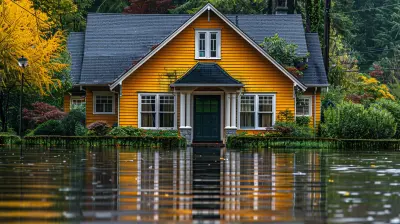
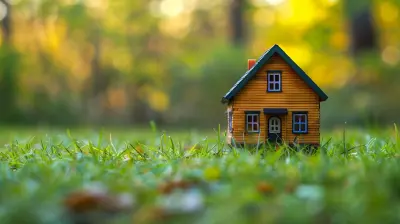





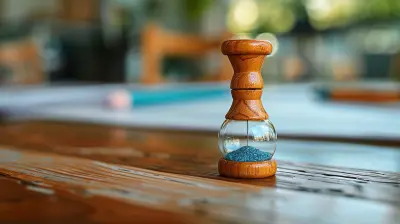


Soren Warner
Preserve history while enhancing modern functionality.
March 18, 2025 at 5:53 AM